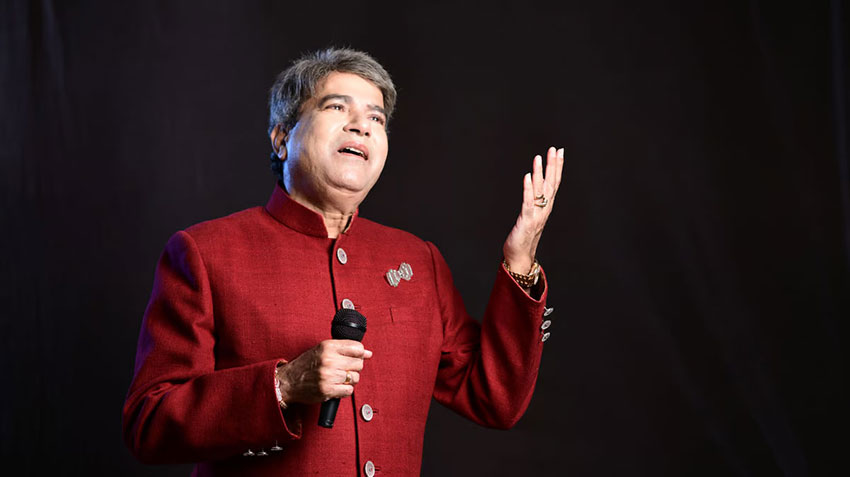As the festival of Ganesh Chaturthi envelops the Indian subcontinent in a shroud of jubilance and spirituality, it is the opportune moment to delve into a lesser-known but vital aspect of Lord Ganesha’s influence—his role in Indian classical dance forms. Lord Ganesha, revered as the God of Wisdom, Success, and New Beginnings, transcends religious rituals to imbue art forms like classical dance with spiritual depth and narrative complexity.
Shared Invocation
In both classical dance and music, performances often commence with an invocation dedicated to Lord Ganesha, known as “Ganesha Vandana” in dance and “Ganapati Stuti” in music. This invocation serves not merely as a ritualistic offering but symbolizes an artist’s surrender to the Divine for blessings and the removal of obstacles in the impending performance. These invocations in dance and vocal forms often mirror each other, extending the same sense of devotion and sacredness across both art forms.
Nuances in Movement, Melody, and Expression
In dance, the depiction of Lord Ganesha involves intricate footwork, mesmerizing hand gestures (mudras), and compelling facial expressions (bhavas). In music, ragas and compositions like the Ganesha Pancharatnam provide a melodious platform for invoking the deity’s grace. Both art forms harmonize to create a tapestry that narrates the Lord’s tales, virtues, or his majestic form, enriching the cultural fabric.
Embodiment in Classical Dance
In classical dances like Bharatanatyam, Kathak, and Odissi, specific sequences or ‘adavus’ are crafted to symbolize Ganesha. These portray not just his physical attributes—his elephantine head or his mount, the mouse—but encapsulate divine qualities like wisdom and benevolence. Each nuanced movement adds layers of meaning to the depiction, making it a comprehensive and deeply spiritual experience.
Resonance in Classical Music
Lord Ganesha’s influence permeates classical music with compositions dedicated solely to him. Renowned composers in the Carnatic and Hindustani traditions have crafted kritis, bhajans, and khayals in his honor. These compositions serve as platforms to exhibit not just musical expertise but deep spiritual sentiment, often utilizing complex ragas and talas to illustrate the deity’s grandeur.
A Repository of Stories and Morals
The tales of Lord Ganesha—be it his birth, his love for modak, or his wisdom in circumnavigating his parents to win a race—find vivid representation in both dance and music. Narratives serve a dual purpose: they not only entertain but also inculcate values like wisdom, devotion, and moral integrity. This storytelling aspect adds an educational layer to the art forms.
Unifying Cultural Threads
Despite India’s diversity, the common reverence for Lord Ganesha in classical dance and music speaks volumes about the cultural unification he brings about. His presence in art forms across regions, languages, and traditions adds a layer of dialogue that transcends barriers, creating a harmonious cultural lexicon.
As we celebrate Ganesh Chaturthi, let us acknowledge and pay tribute to the multifaceted deity’s enduring influence in the classical art forms of dance and music. His presence serves as a spiritual anchor, a narrative muse, and a symbol of cultural unity. The rhythmic footfalls of dancers and eloquent melodies of musicians in honor of Lord Ganesha resound far beyond the stage, echoing in the hearts of spectators and practitioners alike, making him an eternal muse in the glorious tapestry of Indian classical arts.










